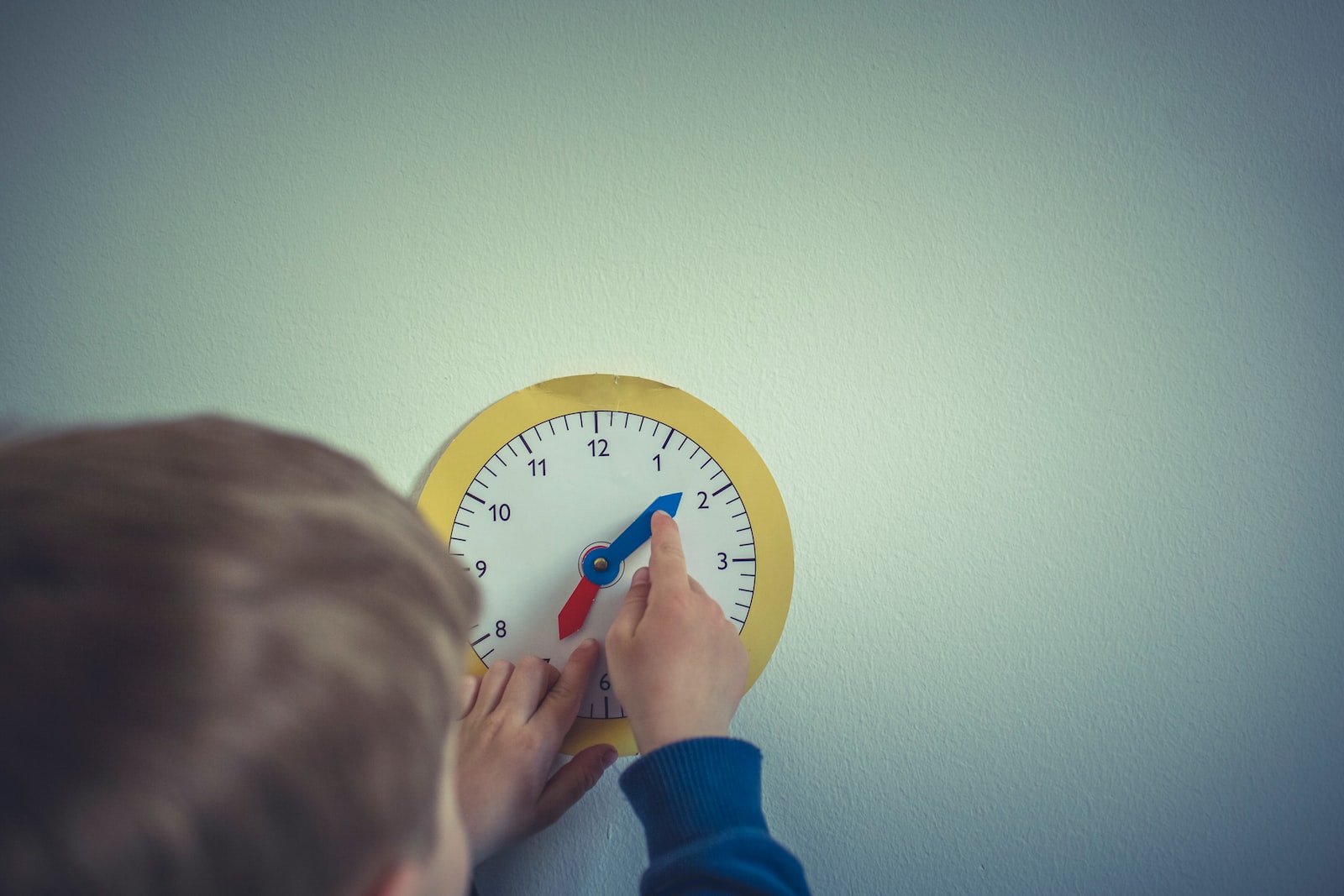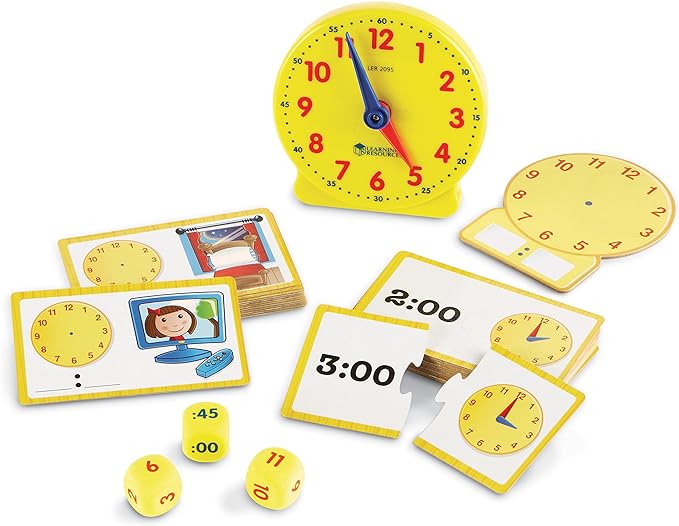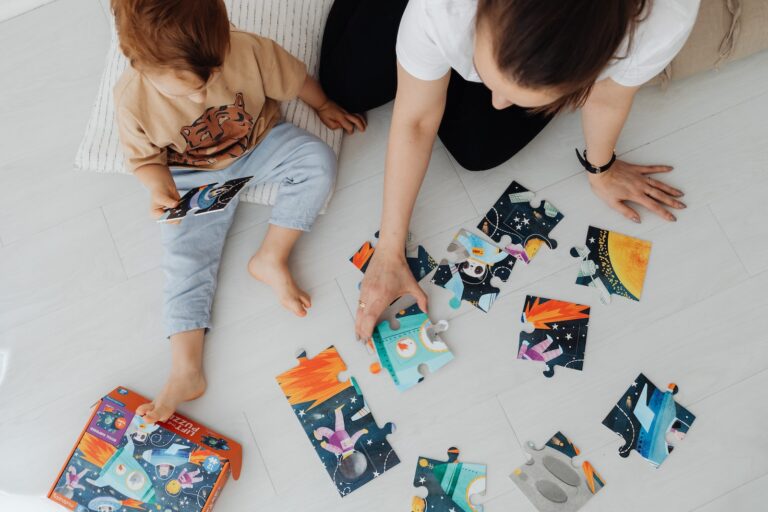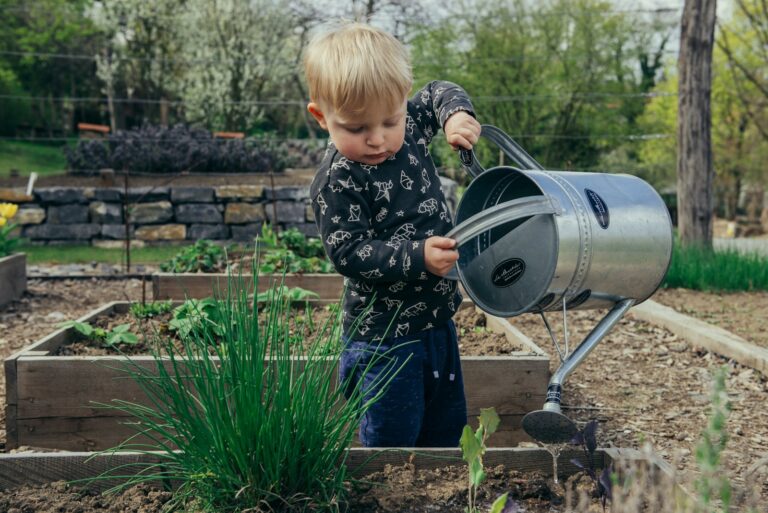Concept of Time for Little Kids and 5 Useful Games to Teach Kids To Tell Time
This post contains some affiliate links meaning when you click and purchase through the links, I will get a small commission at no extra cost to you.
Isn’t it much easier to be able to tell your toddlers that playtime ends at 4:30 pm or let’s go to the park when the clock hits 10:00 am? Of course, it is! But let’s face the truth: teaching your little kids to tell time is not an easy task. When I first started teaching my toddler to tell time, I jumped right in by telling him that “it is 6:00 o’clock, and when this hand moves, it’s now 6:05.” Yes, you got it right. It ends up in frustration for all of us.
Learning the hard way, we understand that it requires patience and planning to teach toddlers to tell time. Now, my three years old is making good progress with the basic. He is not a master at it yet, but he is getting there. I’d like to share with you what we worked out for us.
Which Age Is Good for Learning to Tell Time?
Most kids will start learning the concept of time by age 5-6. However, every child is different. Depending on your kids’ interests and the level of detail you want your kids to know, you can start teaching your kids to tell time as early as the age of 3.
There are many different things involved in time telling. These include: knowing the concept of time and time passing, knowing numbers (up to 60), knowing how to count, and some cognitive skills. Fun and interactive activities will help make learning time easier, but your kids will be able to tell time when you are ready. Don’t force the matter!
Teaching Kids to Tell Time: Digital vs. Analog
Are you wondering if you should teach your kids to tell time using a digital or analog clock? I suggest both, but doing one at a time is highly recommended. After all, we don’t want our kids to get confused and frustrated. Let’s review the difference between digital and analog clocks.
The digital clock will show the numbers to indicate time in the format hours: minutes. Some digital clocks will also show seconds after a second colon. For example, 9:33:15 will denote it is 33 minutes and 15 seconds after 9 o’clock.
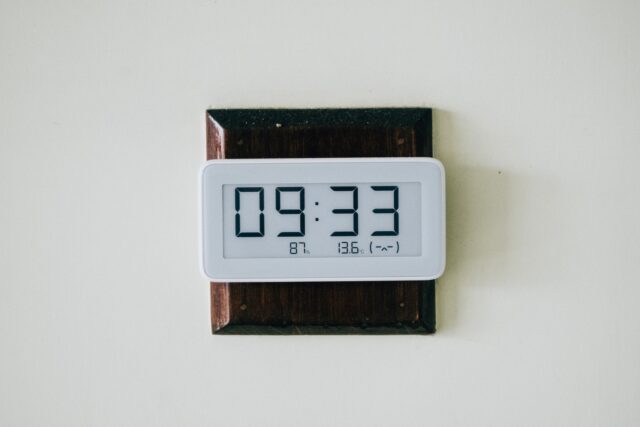
The analog clock will consist of a circular (or square) face, a short hand that shows hours, and a long hand that shows minutes. Some analog clocks also have a thin, long hand that shows seconds. The way to read an analog clock is to understand the conversion of “1=5.” It means every number from 1-12 represent 5 minutes. For example, if short hand points at 1 and long hand points 2, we can read it’s 10 minutes after 10 o’clock.
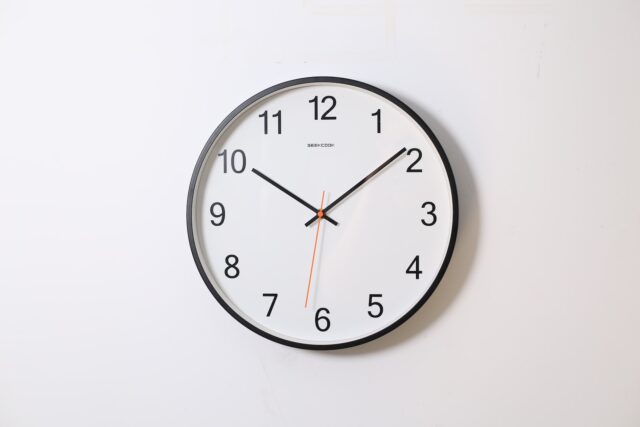
While digital clocks are easier for kids to read, analog clocks are more than just for telling time. Let’s take a look at a few benefits analog clocks have to offer:
- Analog clocks help introduce the concept of time passing to little kids. The hands are constantly moving, showing that time is constantly passing. It is important for kids to start understanding that time is a precious limited resource.
- Analog clocks help kids visualizing how long it takes to complete certain tasks and activities.
- Analog clocks introduce the basic concept of multiplication because they denote time in multiples of five.
Small Steps Lead to Big Win
As parents, we are always eager to teach our kids new things everyday, and most of the time, we hold high expectations. However, every kid has their own learning pace, and we need to respect that. Forcing through the process will make it more frustrated for everyone. Smaller steps are easier to take, and will lead to the same destination or goal.
The same concept can be applied when teaching your kids to tell time. Let’s look at the steps together.
- Knowing the numbers: there is absolutely no way for your kids to learn to tell time without knowing the numbers. Both digital and analog clocks denote time in the form of numbers. Thus, the first step to teaching your kids to tell time is to teach them numbers.
- Practice counting to 60: since time is represented in the multiplier of 60, it will be much easier if kids know how to count to 60.
- Practice counting by 5: similar to the previous steps, analog clocks denote minutes as in multiples of five. Thus, practicing counting by five will help make it easier to learn time telling.
- Teaching the concept of time passing: your kids can start learning the concept of time passing by looking at analog clocks. The continuously moving hands will help give your kids the general idea that time is passing.
- Teaching the hands: introducing the clock hands and their meanings will help prepare your kids for learning time lessons. Remember to keep it simple: the short hand shows hours, and the long hand shows minutes. If your kids are a little older, you can start introducing the additional hand that shows second.
- Pop quiz: when it comes to learning about time and clocks, it doesn’t need to be in a classroom setting. You can teach your kids anywhere anytime, as long as a clock is available. You can start quizzing your kids randomly to reinforce their knowledge.
- Use a teacher clock: putting a teacher clock in your kids’ bedrooms is a great way to remind them. These clocks are colorful with minute marks to make it easier for kids to tell time.
5 Useful Games to Teach Kids To Tell Time
Playing games is a fun way to learn. To encourage your kids to learn time-telling, you can try the following games:
- Paper clock practice set: this practice set is designed for practicing converting 1 to 5 (long hand at 1 means 5 minutes). Get your FREE printable set here!
- Color the clock: you can create clock coloring sheets with different time sections and ask your kids to choose their favorite colors for the “5 minutes”, “10 minutes”, “15 minutes” and so on.
- The clock games: there are many different games available in the market. Below are three games that help make learning time-telling more fun.
Keys Take Away
- Be patient. Every kid is different, and they will learn when they are ready.
- Take small steps when teaching your kids to tell time. Small steps can lead to big win.
- Make it fun. It is always easier to learn when it’s fun and interactive.
Let me know in the comment below your method of teaching your kids about time-telling. Don’t forget to check out other activities you can do with your kids after you have your time-telling lesson of the day.

